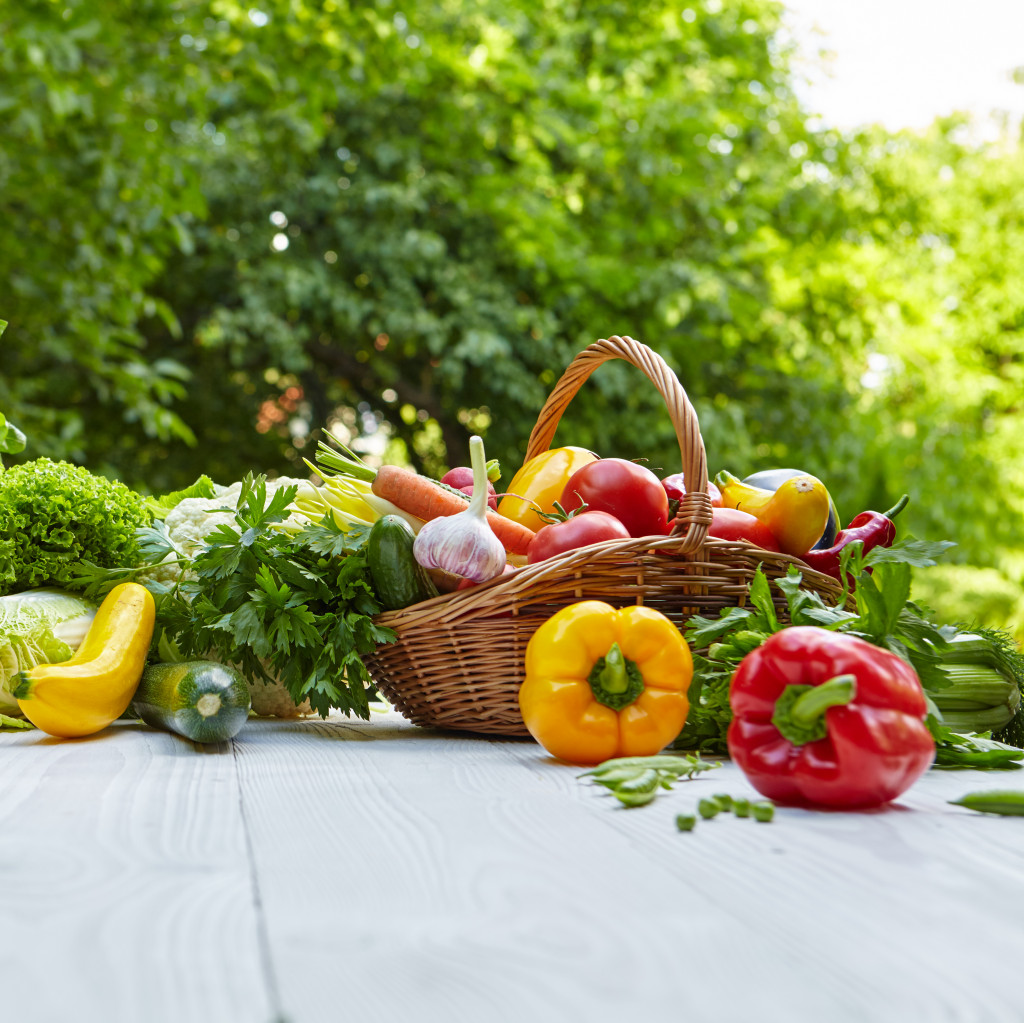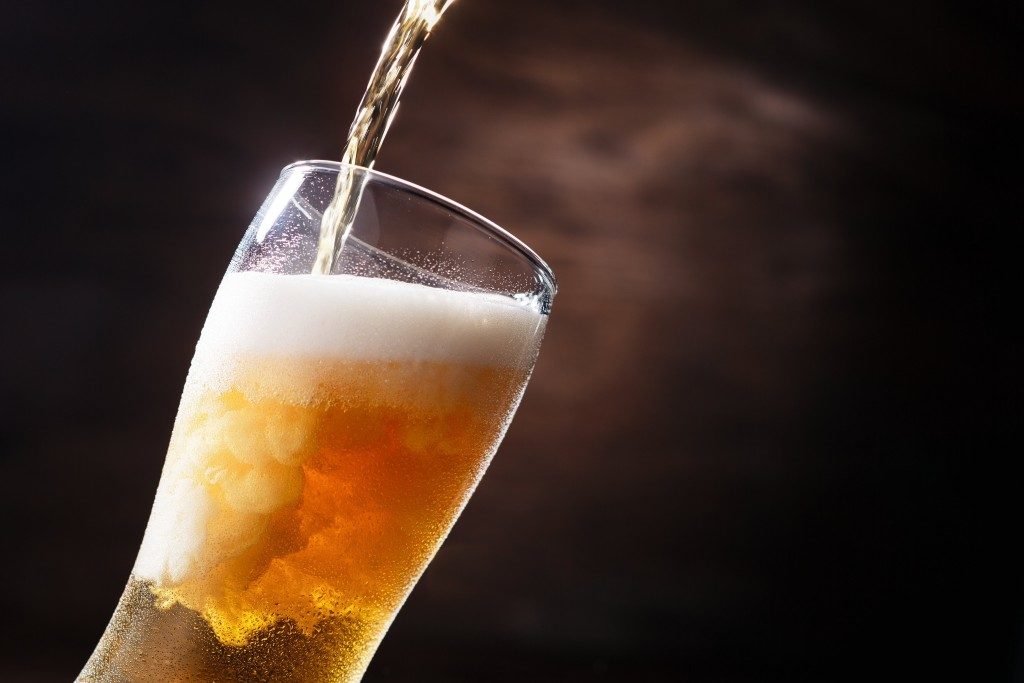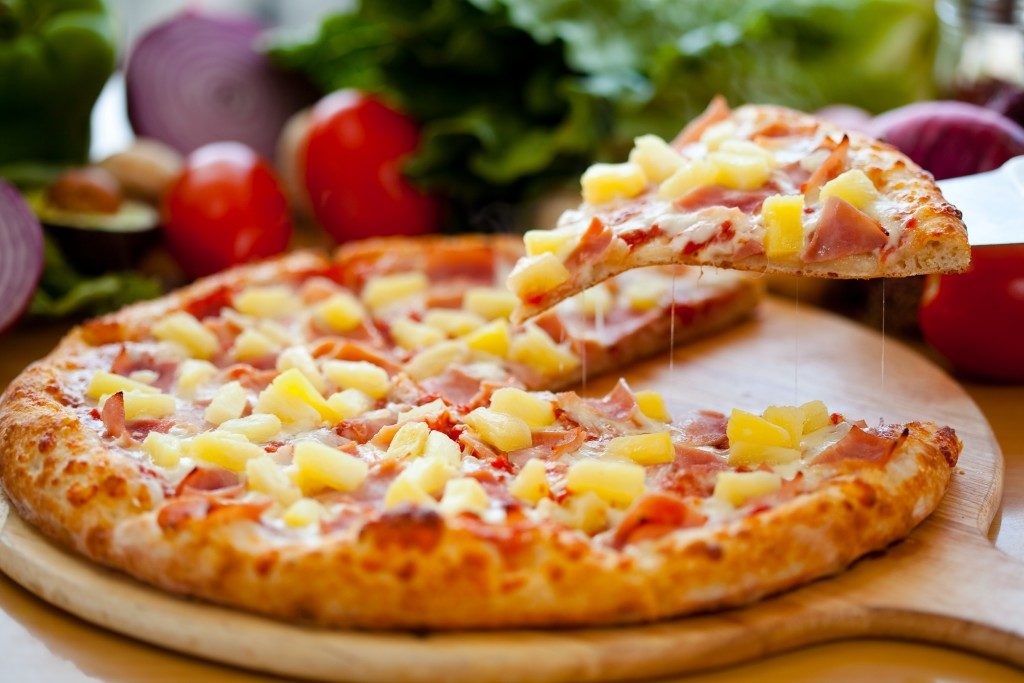The food on your dinner table has a long journey from the farm to your plate. Along the way, it’s handled by people and technologies that ensure it is safe for you and your family to enjoy. Here’s how it works.
When you think of food production, what comes to mind? Farmers in overalls and straw hats? Tractor tire marks across a field? Maybe even an image of workers packing boxes. But the process starts long before any harvesting, planting, or packing is done. Let’s start at the beginning to see how it all works together to bring food from the farm to your table.
The first step happens on a farm somewhere…
Farmers sow the seeds and harvest the crops.
Farmers plant seeds that produce the food we eat – corn for tortillas and popcorn or soybeans for tofu and veggie burgers. Other plants grown on farms are used as ingredients for other products – cotton bolls make fabric while olives make up part of many beauty products. In addition, items like alfalfa, used for livestock feed, are also grown on farms.
They start the process of food production by planting seeds and growing crops. A farm can be a large plot of land or a small area, depending on the size of the crop being grown. Farmers use machines called tillers to prepare the soil so that there are no weeds. They also use tractors or trucks to harvest their crops or to transport them from one place to another.
Agricultural workers harvest fruits and vegetables.
Agricultural workers harvest fruits and vegetables by picking them from the plants. They use hand tools to pick the food, or they may use a machine to do it. The machines have rotating brushes that remove the food from the plant. There are also machines that use vacuum suction to remove the food.
Packers process, pack, and prepare food for shipping.
Packers process, pack, and prepare food for shipping. They work in factories to ensure that the food is ready to be sent to grocery stores and restaurants. Packers use portable vehicle scales to weigh the food as they pack it. This ensures that the right amount of food is sent to each destination.
Food distributors transport food to grocery stores and restaurants.
They use trucks, trains, and boats to move the food. The distributors work with the companies that make the food as well as the companies that sell it. They ensure that the right amount of food goes to the right places. This helps to keep food costs down for everyone.
Retailers stock shelves with food products.
They order the food from the distributors, and the distributors bring it to them. The retailers then put the food on shelves for customers to purchase.
Consumers purchase food products from retailers or restaurants and take them home to cook or eat them there.
They may also prepare the food at the store or restaurant before taking it home. The food goes through a number of different stages on its way to the consumer’s table. It’s important to know where your food comes from and how it’s made so you can be sure that you’re getting the best quality product.
Chefs select ingredients for recipes, cook meals, and serve them to customers in restaurants or as part of a catering service.
They may also prepare the food before it is served. Chefs use a variety of cooking methods to create dishes that are both tasty and nutritious. They also need to be familiar with food safety rules so that they can keep their customers safe.
Home cooks shop at grocery stores for ingredients they need to make meals at home, usually following recipes they have found in cookbooks or on the internet.

They usually follow recipes they have found in cookbooks or on the internet. The recipes usually call for specific ingredients, which the cooks get from the grocery store. They may also purchase prepared food items like pre-made dough or sauce to save time in the kitchen.
Conclusion
Food goes through a number of different stages on its way from the farm to your dinner table. It’s important to know where your food comes from and how it is made so you can be sure that you’re getting the best quality product. In this article, we’ve looked at the different steps in the process of food production and how they affect the final product. We’ve also talked about the people involved in making our food available to us. Knowing about the process of food production can help you make better choices about what to eat and where it came from.



